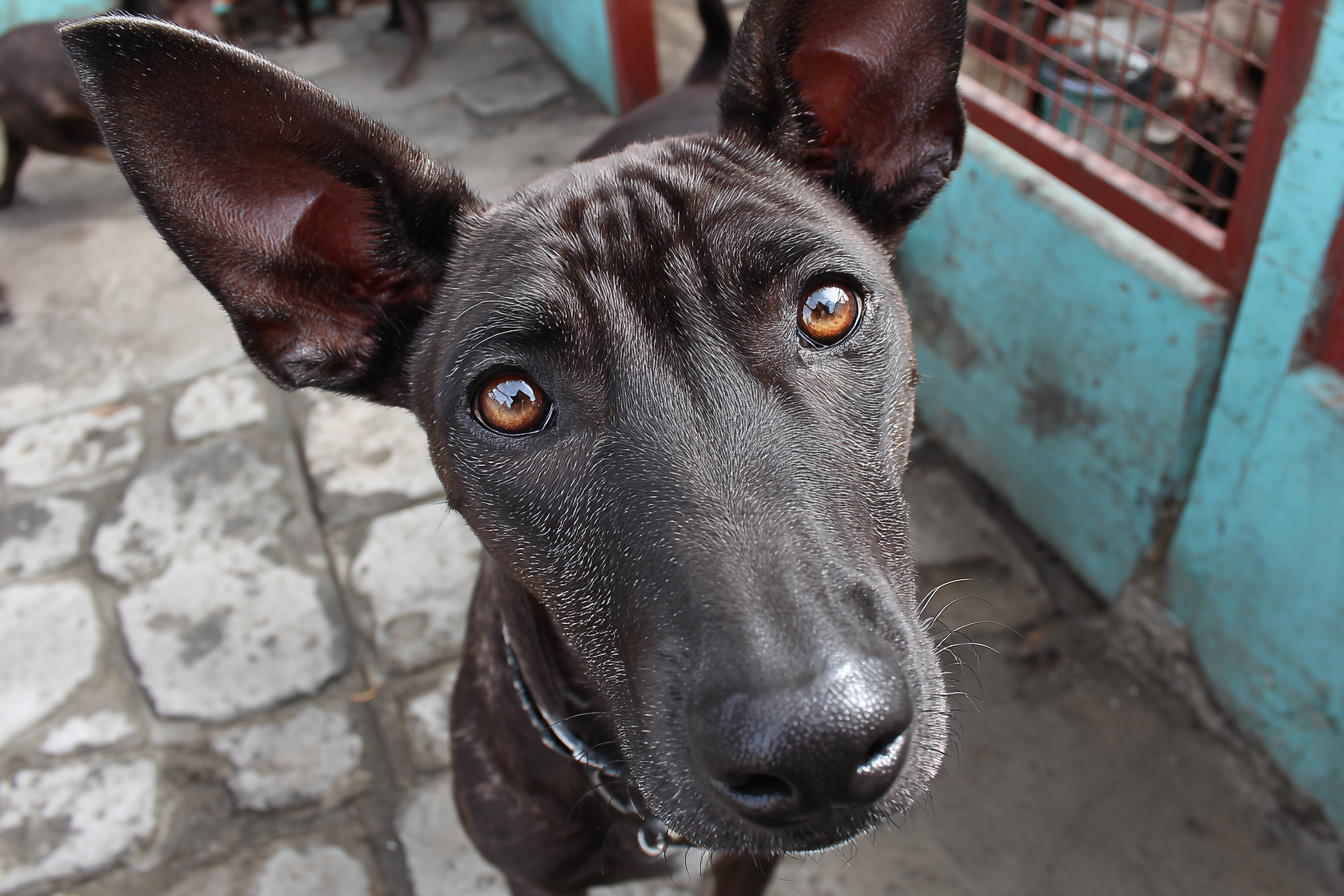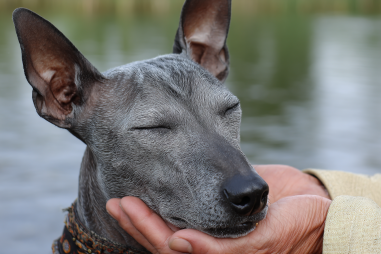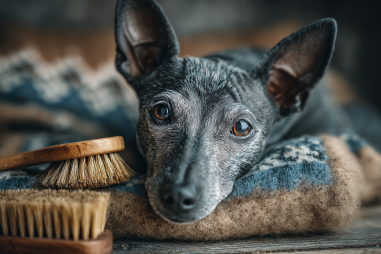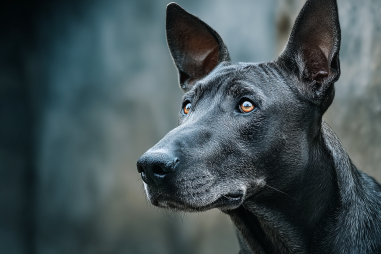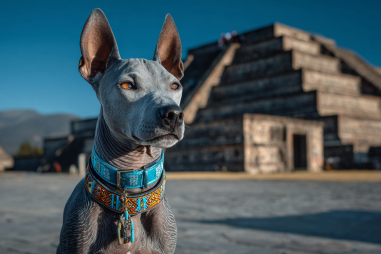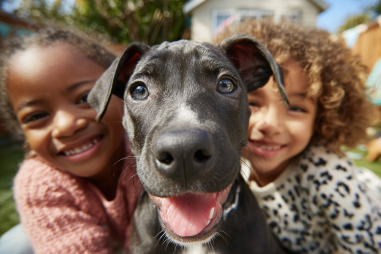The Xoloitzcuintli, often affectionately called the Xolo or Mexican Hairless Dog, is a breed with a rich history spanning thousands of years. Revered in ancient Aztec culture and cherished by dog lovers today, this unique breed is known for its loyal temperament and distinctive appearance. However, like many specialized breeds, Xoloitzcuintlis sometimes face challenges in shelters and adoption centers. Understanding shelter and adoption trends for the Xoloitzcuintli is essential for enthusiasts, rescuers, and potential adopters alike. These insights can help improve rescue efforts, increase adoption rates, and ultimately secure better futures for these incredible dogs. In this article, we will explore current shelter statistics, adoption challenges, geographic trends, reasons behind surrender, rescue organization roles, and ways to support Xoloitzcuintli adoption.
Overview of Shelter Statistics for Xoloitzcuintli
When examining shelter statistics for the Xoloitzcuintli, it’s important to remember that this breed is relatively rare compared to more common dogs like Labrador Retrievers or German Shepherds. This scarcity means the absolute number of Xolos entering shelters tends to be lower overall. However, despite their rarity, the breed faces some specific challenges that contribute to their presence in shelters.
Data from various animal shelters across the United States and Mexico suggests that Xoloitzcuintlis make up less than 1% of the total canine population in shelters. Even so, when these dogs do arrive at shelters, they often require careful handling because of their unique traits, such as a sensitive, hairless skin or special dietary needs. Statistics show that Xolos in shelters often stay longer than the average dog due to these factors, combined with the breed’s somewhat niche appeal.
It’s also worth noting that some shelters may not even recognize or accurately label Xoloitzcuintlis, sometimes resulting in these dogs being grouped under generic “mixed hairless” or “small to medium mixed breed” categories. This classification can affect how these dogs are perceived and adopted.
Adoption Rates and Challenges
The adoption rate for Xoloitzcuintlis tends to be moderate but slower compared to more popular breeds. One major challenge is public awareness; many potential adopters may not be familiar with the breed, leading to hesitation in choosing a Xolo. Additionally, their appearance—hairless skin and distinctive look—can be polarizing for some prospective owners.
Other challenges affecting adoption rates include the breed’s specific care requirements. For instance, the Xolo’s naked skin requires regular moisturizing and protection from sunburn, which may deter less experienced dog owners. There can also be misconceptions about the breed being high-maintenance or difficult, even though Xolos are typically intelligent, loyal, and fairly easy to train.
Another factor influencing adoption rates is the breed’s size and activity level. While medium-sized, Xolos need regular physical and mental stimulation, making them less suited for households that are sedentary or have very limited space. These considerations sometimes restrict the pool of suitable adopters.
Geographic Trends in Adoption
Geographical location plays a significant role in the availability and adoption patterns of Xoloitzcuintlis. In Mexico, where the breed originates, human and community ties to the Xoloitzcuintli are stronger, resulting in higher recognition and adoption rates. Local shelters and rescues often have dedicated programs for Xolos, reflecting cultural reverence for the breed.
In the United States and Canada, adoption rates tend to be higher in areas with larger Latino populations or where breed enthusiasts have established rescue networks and awareness campaigns. States such as California, Texas, and Arizona often report more adoptions of Xolos, due to both cultural familiarity and climate suitability for a hairless dog.
Conversely, in colder climates, Xoloitzcuintli adoption is less common, partly due to their vulnerability to cold weather and the need for additional protective clothing or indoor accommodations.
Causes of Surrender and Abandonment
Understanding why Xoloitzcuintlis enter shelters sheds light on areas where education and intervention might reduce surrenders. Common reasons for surrender include:
- Owner lifestyle changes: Moves, new jobs, or other personal circumstances lead some owners to give up their dogs.
- Financial constraints: Costs associated with special skin care, veterinary visits, or food can become burdensome.
- Behavioral challenges: Some owners may struggle with training or managing the breed’s energy and alertness if they’re not prepared.
- Unrealistic expectations: Purchasers or adopters unfamiliar with the breed’s specific needs may abandon them when those requirements emerge.
- Health issues: Despite generally robust health, skin sensitivities and dental care needs can sometimes become overwhelming.
Sadly, some Xolos are surrendered due to neglect or abuse, and others may be abandoned due to misconceptions about their suitability or temperament.
Rescue Organization Roles
Rescue organizations dedicated to the Xoloitzcuintli play a crucial role in improving shelter outcomes for this breed. These groups specialize in fostering, training, and rehabilitating Xolos, often connecting them with potential adopters who understand the breed’s unique characteristics.
Many rescues maintain waiting lists and networks of foster homes to ensure that Xolos are not just sheltered but cared for in loving environments while they await adoption. Education is also a significant part of their mission, as these groups work to dispel myths and train adopters on proper care.
Collaborations between rescue groups, veterinarians, and breed clubs help standardize best practices and provide resources to new owners, increasing the likelihood of successful long-term placements. These rescues also lobby for increased recognition within shelter databases to ensure accurate breed identification.
How to Support Xoloitzcuintli Adoption
Supporting the adoption of Xoloitzcuintlis is a rewarding way to help preserve this unique breed and provide homes for dogs in need. Here are several ways to get involved or contribute:
- Adopt or foster: If you’re prepared for the breed’s care needs, consider adopting or fostering a Xolo to give them a second chance.
- Educate yourself and others: Learn about the breed’s history, temperament, and care to advocate effectively.
- Volunteer or donate: Offer time or financial support to rescue organizations specializing in Xoloitzcuintli care.
- Attend breed events: Participating in shows or community events can raise awareness and appreciation.
- Promote responsible breeding: Help reduce overpopulation and surrenders by encouraging ethical breeding practices.
By engaging in these activities, you contribute to healthier adoption rates and better lives for Xolos everywhere.
Looking Ahead: The Future of Xoloitzcuintli Rescue
The future for Xoloitzcuintli rescue appears cautiously optimistic. Increasing interest in heritage and rare breeds bolsters adoption potential, while ongoing education campaigns raise awareness of the breed’s wonderful qualities. Advances in veterinary care tailored to hairless breeds also improve health outcomes and longevity.
Challenges remain, including expanding rescue resources and ensuring that prospective owners are well-prepared for the breed’s needs. However, collaborative efforts among breed clubs, rescues, and responsible owners continue to create stronger safety nets for Xolos in shelters.
As data collection and breed recognition improve, shelter and adoption statistics will better reflect the realities faced by these dogs, enabling more targeted interventions. With passionate advocates and informed adopters driving the effort, the Xoloitzcuintli’s future in rescue looks bright and full of promise.

